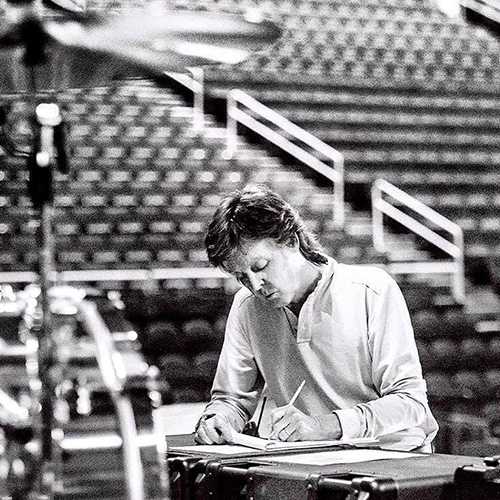Related session
This song was recorded during the following studio sessions:
-
Jan 08, 1969
From Wikipedia:
“One Way Out” is a blues song first recorded and released in the early-mid-1960s by Sonny Boy Williamson II and Elmore James, an R&B hit under a different name for G.L. Crockett (who also recorded as “G. Davy Crockett”) in the mid-1960s, and then popularized to rock audiences in the early 1970s and onward by The Allman Brothers Band.
Song origins
As with many blues songs, the history of “One Way Out” falls into murk. It seems to have been originally recorded by Elmore James at Beltone Studios in New York City in late 1960 or early 1961, as part of James’ Fire/Fury/Enjoy recording sessions. It features a full band arrangement with a four-piece horn section, but a completely different melody from later versions. James appears not to have released it at that time.
Instead, Sonny Boy Williamson II reworked and recorded it for Chess Records in Chicago in September 1961, releasing it shortly thereafter. He would then return and re-record a different working of it in September 1963, again for Chess in Chicago, this time with Buddy Guy on guitar and Lafayette Leake on piano. The two efforts were substantially different, with one dominated by harmonica playing while the other has the vamp and arrangement that would become familiar with the Allman Brothers’ rendition.
Subsequently, the initial Elmore James version of “One Way Out” was posthumously released in 1965, using it as the B-side of his single “My Bleeding Heart” for Sphere Sound Records. But by now, the song was associated with Sonny Boy not him.
Writing credits for “One Way Out” have varied over the years, with some recordings crediting Sonny Boy alone, then others giving Marshall Sehorn and Elmore James the nod, and finally some naming all three. Furthermore, Sehorn was a recording engineer, record producer, and all-around “record man” at Fire/Fury Records in New York, who likely engaged in the then-common practice of adding himself onto composer credits of songs that he was not actually involved in writing, to get a cut of subsequent royalties. And of course no confusion is complete without mentioning that there are two different Sonny Boy Williamsons − I and II; “One Way Out” pertains to the second one.
Whatever its origins, the song’s narrative captures the classic tale of a man having an affair with another man’s woman in an upstairs apartment. Another man shows up downstairs, and an alternate exit route must be found.
Under a different name
In mid-1965, bluesman G.L. Crockett, from Carrollton, Mississippi, released yet another reworking of the song, now called “It’s a Man Down There”, on Four Brothers Records. It featured a slower tempo, a softer blues vocal line apparently styled after Jimmy Reed. “It’s a Man Down There” became a big hit in R&B circles, reaching number 10 on the Billboard Hot Rhythm & Blues Singles chart, and qualified the otherwise obscure Crockett for one-hit wonder status. Songwriting credits on this reworking appear to have been given to Crockett and one Jack Daniels. The Crockett track was included on the Time-Life album “Living the Blues: 1965–69,” part of the “Living the Blues” series.
Indeed, so much was the vocal style like Reed, that Reed himself then recorded an answer song later that year, entitled “I’m the Man Down There”, which became a small hit.
In the same time period, under the name “The Man Down There”, the Swedish band Melvins recorded a version of this song; it was released on an EP 1965 and later also included on Pebbles, Volume 26.
In 1966, “It’s a Man Down There” was given the Tex-Mex music treatment by the Sir Douglas Quintet on their debut album The Best of the Sir Douglas Quintet. The Beatles used the riff of the song during jams in 1969. It is instantly recognizable in a jam titled “My Imagination,” featuring Paul shouting simplistic vocals over the main riff for seven minutes, and later on a jam with Yoko Ono which incorporates the riff occasionally over its 16-minute span. Both tracks remain unreleased. […]
Bootlegs
-
A/B Road Complete Get Back Sessions - Jan 8th, 1969 - 1 & 2
Unofficial album • Released in 2004
0:34 • Rehearsal • Jan.08 - D1-29 - One Way Out 8.25
Session Recording: Jan 08, 1969 • Studio Twickenham Film Studios, London, UK
Live performances
Paul McCartney has never played this song in concert.

